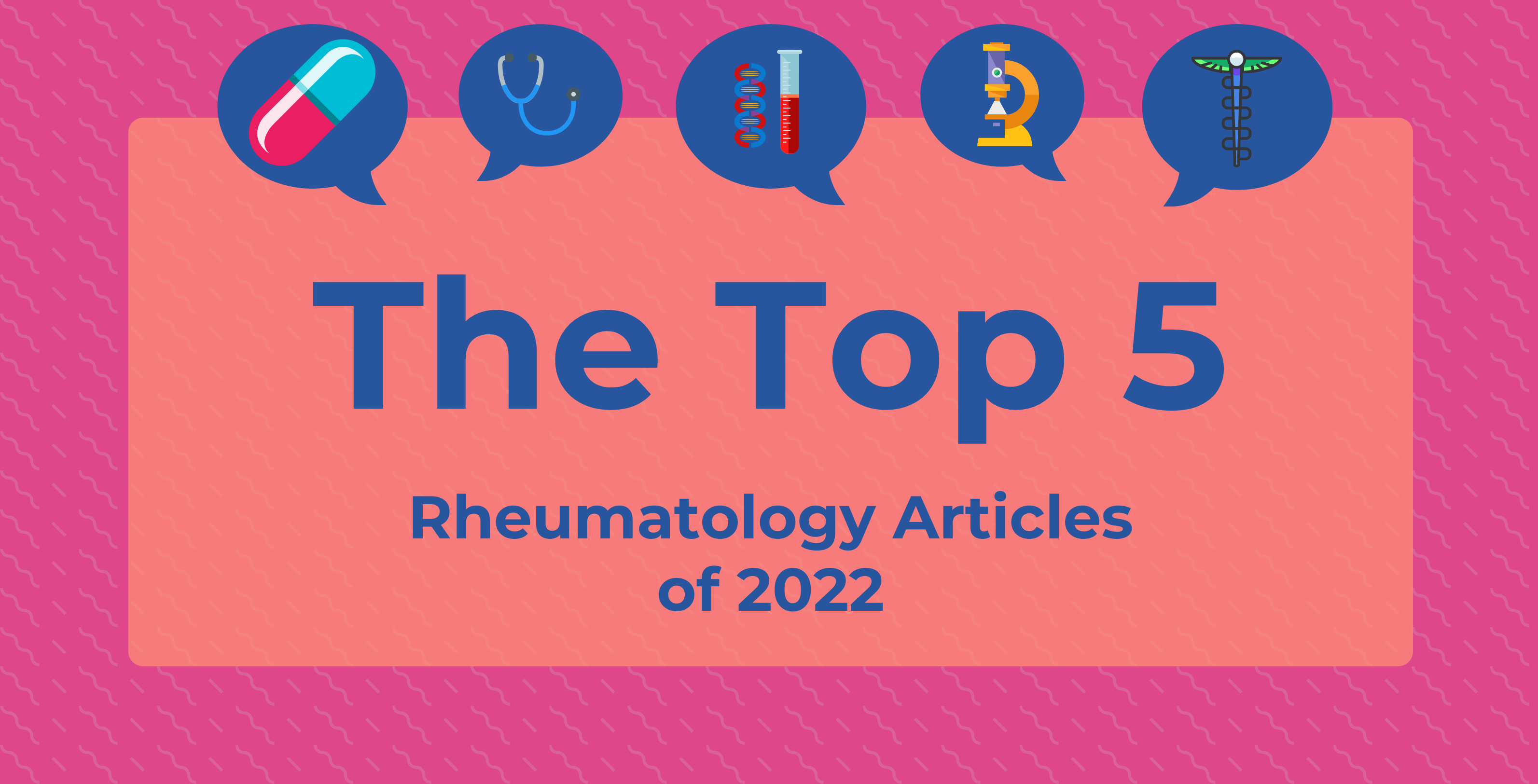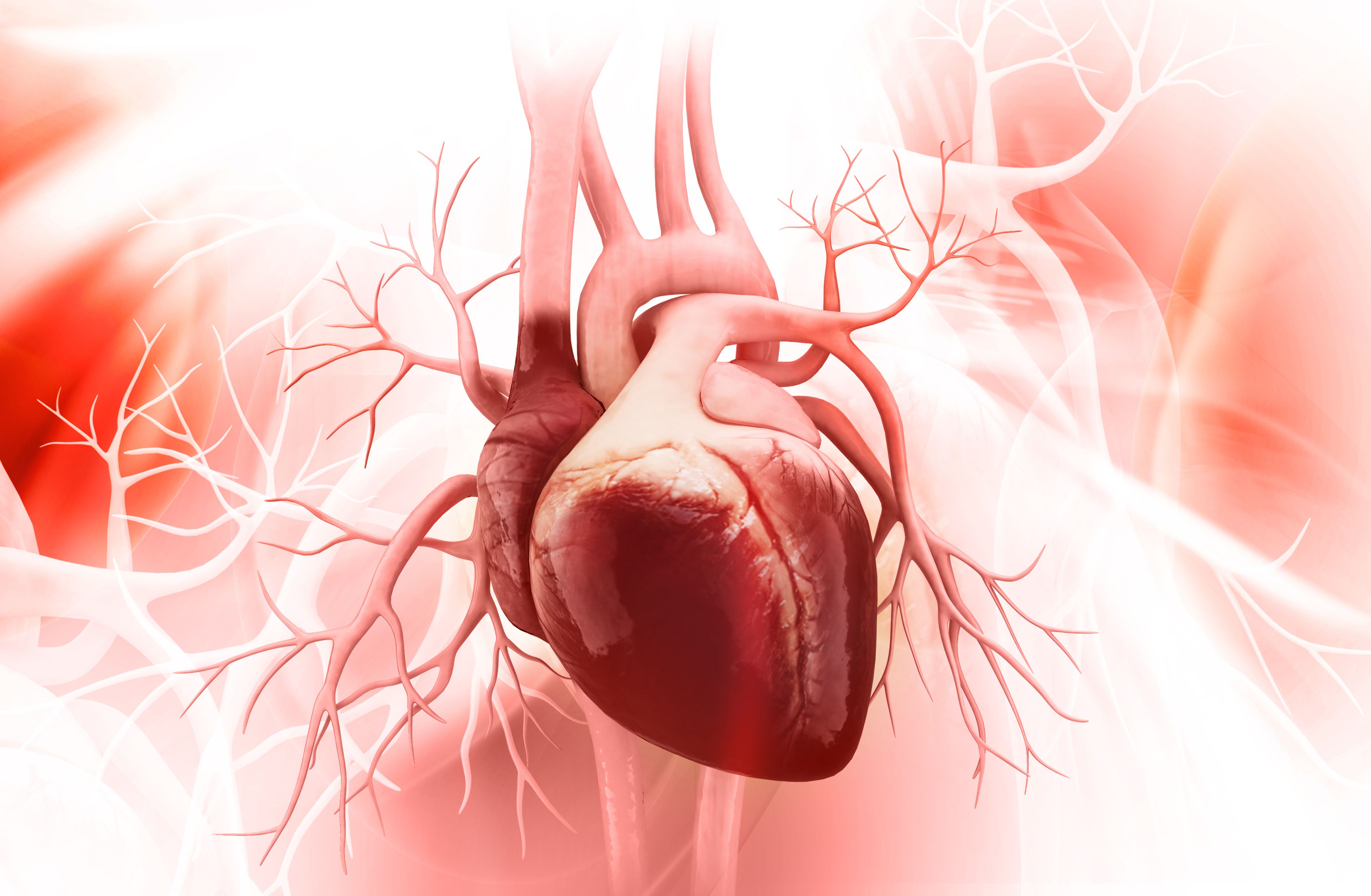Article
Review Examines Role of Interleukin-6 in Rheumatoid Arthritis Pain
Author(s):
A proportion of rheumatoid arthritis pain may be more appropriately considered separate from inflammation and should be treated as a focus of its own.
Clinicians have long assumed that managing pain in those with rheumatoid arthritis (RA) should be handled by addressing inflammation and joint damage. Considerable evidence indicates that is not the case.
A review published in Open Access Rheumatology: Research and Reviews argues there is a frequent disconnect between pain and inflammation in RA, and that pain is apparently caused by multiple mechanisms, including interleukin-6 (IL-6) in a key role.
Studies of long-term chronic pain suggest a self-perpetuating cycle in patients with RA and that pain reduction should be viewed as an end of its own, according to Anthony Sebba, the University of South Florida rheumatologist who wrote the review. Furthermore, evidence indicates that the central nervous system, not just the peripheral, is involved in RA, and that it, too, should be a target of treatment.
“Both the peripheral and central nervous systems should be recognized as important potential systems targeted by RA,” the author wrote. “The substantial burden of RA-related chronic pain suggests that pain should be a key focus in RA management and should be assessed and addressed early and separately from the inflammatory component.”
Many cytokines are known to influence RA pain, including tumor necrosis factor alpha (TNFα), IL-1, IL-6, and IL-10. Preclinical evidence suggests that IL-6, in particular, might have a role in RA-related pain through various mechanisms, not just indirectly related to inflammation, according to Sebba.
For example, pain has been shown to be poorly correlated with inflammation, for example, in patients in remission, according to the author. Emerging evidence suggests changes to processing of both peripheral and central pain contribute to RA pain, with processes parallel but somewhat independent of joint inflammation.
IL-6 is a pro-inflammatory cytokine that activates cells through both membrane-bound (classic) and soluble forms (trans-signaling), according to the review. It is known to signal through neuronal cells and has been implicated in neurological diseases including multiple sclerosis and Parkinson disease. It is also likely involved in central nervous system-related symptoms and comorbidities induced by RA.
All cells are susceptible to IL-6 trans-signaling, including the neurons and glial cells of the spinal cord and dorsal root ganglia, according to the author. These cells not only express receptors, but neurons, astrocytes and microglia also produce IL-6. Therefore, it should be unsurprising for IL-6 to be elevated in the spinal cord and DRG in various pain models.
Furthermore, circulating IL-6 can cross the blood-brain barrier to access the CNS, especially during chronic inflammation, he wrote. Many treatments, including IL-6 inhibitors, are too large to cross the blood-brain barrier, which points to a likely reason that central effects on pain from IL-6 might persist despite biologic disease-modifying anti-rheumatic drug treatment.
IL-6 plays a role not only in RA but comorbidities with CNS involvement, including depression, anxiety, fatigue, and pain. Pain and fatigue/depression are frequent with RA.
Furthermore, animal-study data suggests IL-6 drives sensitization at the neuron level in the peripheral nervous system, with or without inflammation in the joint, Sebba wrote.
IL-6 may also have an orchestrating role in regulating cytokines that modulate pain, he wrote. Inhibition of IL-6 suppressed the elevation of TNFα, IL-1, and IL-6 messenger RNA in the spinal cord and inhibited the release of TNFα and IL-1 protein into cerebrospinal fluid.
Chronic pain should be addressed directly and early, according to the review. Elevated levels of IL-6 and the IL-6 receptor were evident in a mouse model of chronic back pain. After an IL-6 inhibitor was given, expression of the pain-related neuropeptide calcitonin gene-related peptide was reduced in the dorsal root ganglia. The author suggests that short acute episodes of inflammation could trigger creation of new neurons that contribute to chronic pain as well as reciprocal signaling between neurons and immune cells in the CNS.
“Therefore, the processes leading to development of chronic pain have the potential to become self-perpetuating,” he wrote.
Since chronic pain patients are prone to diabetes, hypertension, depression, and fatigue, and faced increased risk of premature death, their pain should be viewed as an independent target, Sebba contended.
“If inflammation is apparent [upon assessment], switching biologics would be considered,” he wrote. “Perhaps a failure of pain relief (even in a patient in a low disease state) should be considered in a similar way by the treating physician. The issue of residual pain should not necessarily be treated by switching biologics, but … a switch in mechanism of action.”
Treatment with the Janus kinase inhibitor baricitinib, for example, has improved pain independently of inflammation, which is notable since such inhibitors also suppress IL-6 signaling, he wrote.
Reference
Sebba A. Pain: A review of interleukin-6 and its roles in the pain of rheumatoid arthritis. Open Access Rheumatol. 2021;13:31-43. doi:10.2147/OARRR.S291388




